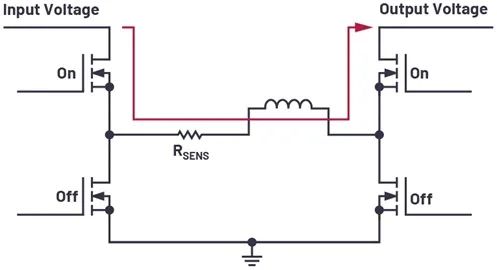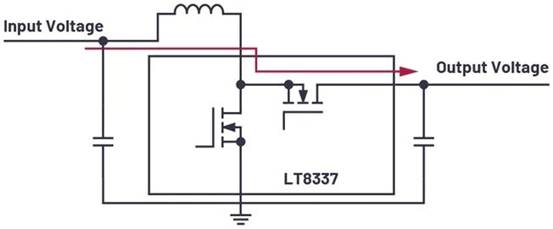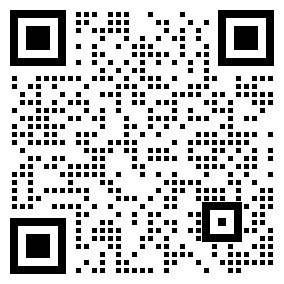This article describes how special converters with PassThru™ mode function when the input voltage of the circuit is too high or too low to power the load. This article shows examples of how to use step-boost regulators and boost regulators with pass-through mode to improve power supply efficiency and EMC performance.
In some applications, the existing supply voltage can drive the load directly without the use of additional voltage converters. Sometimes, when the operating state is abnormal, the supply voltage may be too high or too low to directly power the load. In these cases, special voltage converters optimized for this operation can be used. For example, the industrial 24V system is one such application. We assume that the load requires a 24 V supply voltage, but the available 24 V input voltage sometimes increases to 38 V, or decreases to 15 V, beyond the allowable supply voltage range of the load. For these applications, a typical boost regulator or buck-boost regulator can be used.
Figure 1 shows a schematic of the system for such an application. Portable radio devices are powered by batteries. The load can accept voltages between 10 V and 14 V, but the output range of the voltage source may be 8 V to 16 V. Then the interpolated buck-boost regulator can convert the voltage to 12 V at the output. If the supply voltage is slightly below 12 V, the converter operates in boost mode, and if the supply voltage is higher than 12 V, it operates in buck mode.

A system such as the one shown in Figure 1 works well, but there is still room for improvement. If the voltage of the voltage source can supply power directly to the load most of the time, then a buck-boost regulator can be used in straight-through mode. At this point, within the input voltage range defined by the power supply designer, the input voltage is transmitted directly to the output of the step-boost regulator. The advantage of this operation is that there is no switching loss of any kind, and the circuit efficiency is very high. In addition, since no current pulses are generated in this mode of operation, the amount of electromagnetic radiation generated when the circuit is operating is extremely low.
Figure 2 shows the power levels of the new LT8210 buck-boost controller circuit with pass-through mode. In this mode, the two high-end switches of the H-bridge are permanently open and the two low-end switches are permanently closed. In this way, depending on current and voltage conditions, almost 100% efficiency can be achieved.


Brief summary
Through mode can increase the efficiency of the power supply and improve EMC performance. These advantages are particularly significant for applications where the available supply voltage is usually within the allowable voltage range of the load. However, the user must also be aware that in pass-through mode, output voltage regulation does not occur within the defined voltage threshold range, although this regulation is not required in many applications.
免责声明: 本文章转自其它平台,并不代表本站观点及立场。若有侵权或异议,请联系我们删除。谢谢! Disclaimer: This article is reproduced from other platforms and does not represent the views or positions of this website. If there is any infringement or objection, please contact us to delete it. thank you! |


